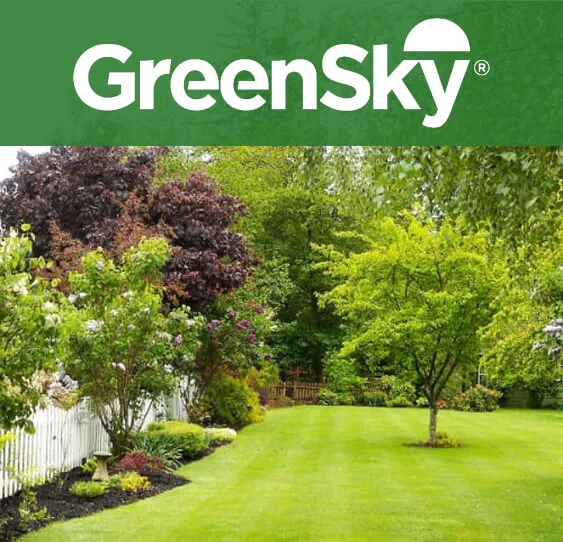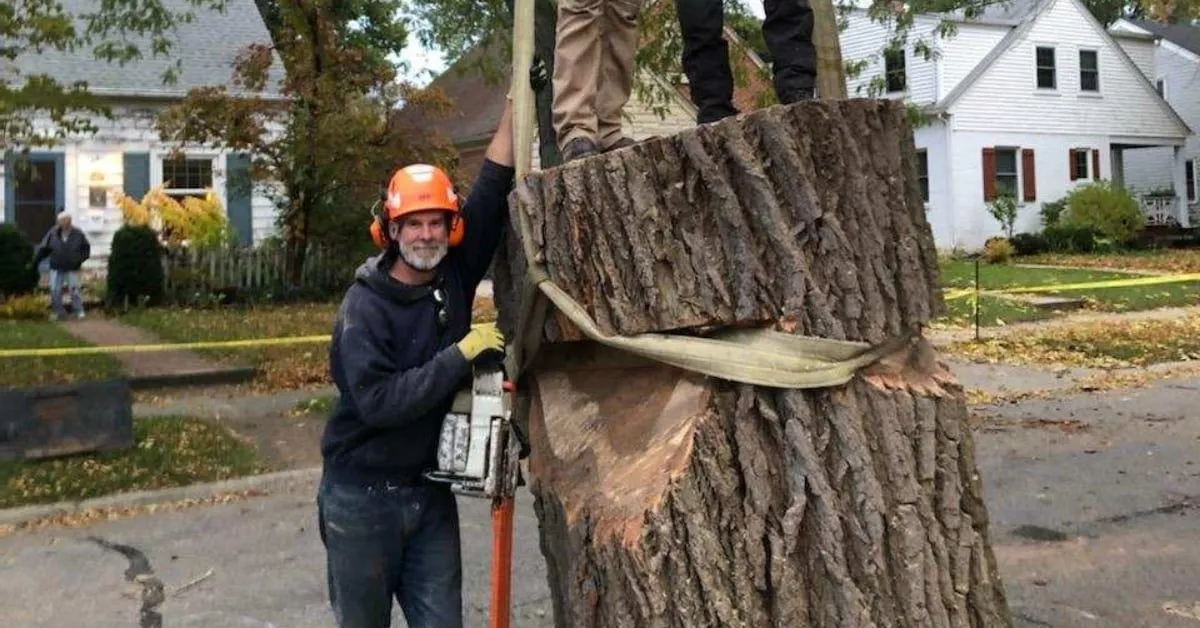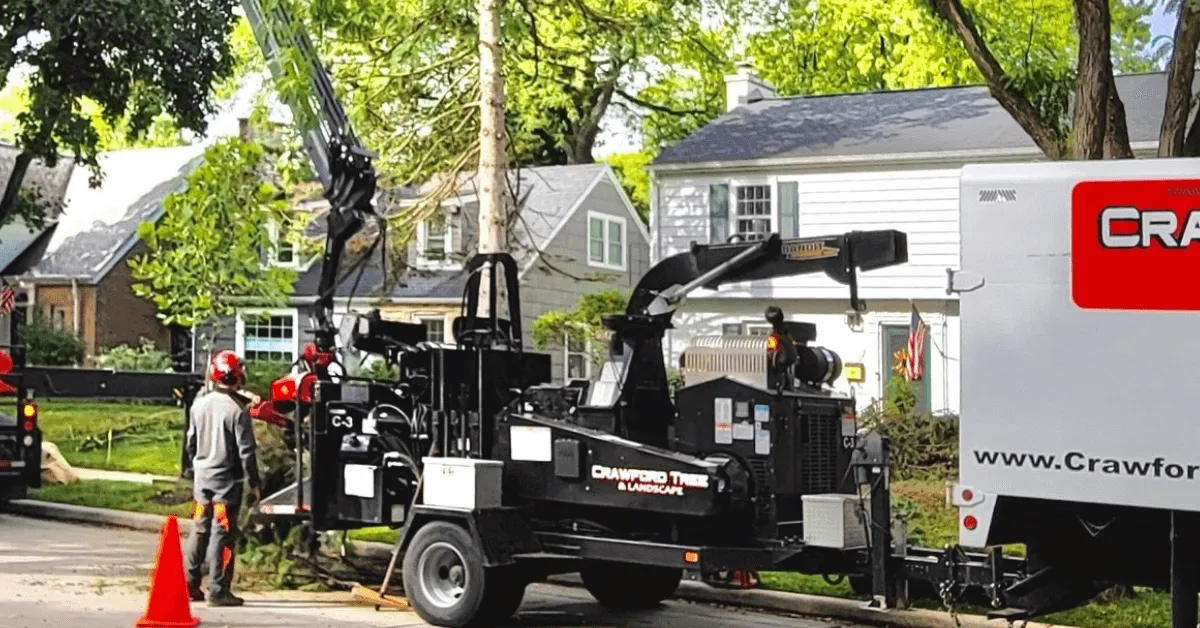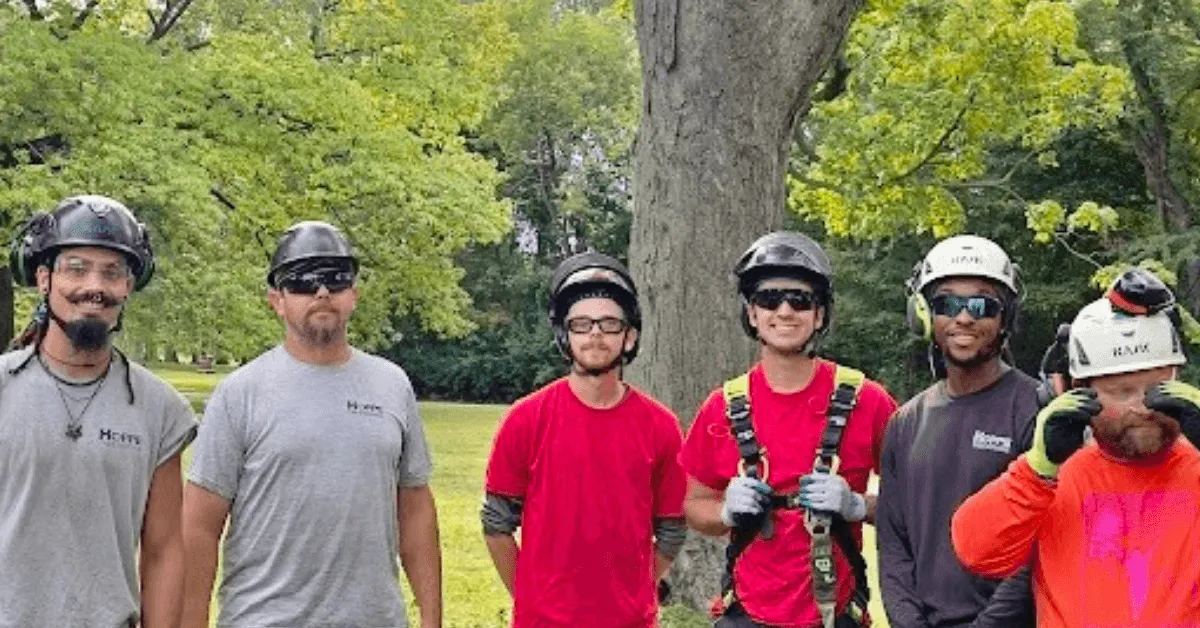
November 7, 2025
Removing or caring for a tree isn’t always as simple as it looks. In Milwaukee and surrounding Wisconsin communities, trees face challenges from pests, disease, harsh winters, and strict local regulations. For homeowners, this can raise urgent questions: Is my tree dying? Can it be saved? Do I need a permit to remove it? The answer often depends on the tree’s health, size, and location. That’s why working with an ISA-Certified Arborist is key; they can accurately diagnose problems, recommend solutions, and ensure you stay compliant with city rules while protecting the long-term health of your property.
How to Tell if a Tree is Dying
Before you can decide whether a tree can be saved, you need to determine its overall health. Not every unhealthy-looking tree is beyond hope. Sometimes what looks like decline is a temporary stress response. Other times, visible signs may indicate irreversible damage. Here are key indicators to look for:
- Dead or brittle branches that snap easily when bent
- Sparse foliage or leaves that are discolored, wilted, or missing during the growing season
- Peeling or cracked bark, or bark falling off in large sections
- Fungal growth, such as mushrooms or conks, at the base of the trunk or along roots
- Leaning trunks or visible instability caused by weakened roots
- Cankers or deep wounds in the trunk
- Insect infestations, such as boring holes, sawdust piles, or visible larvae
Arborist tip: A simple scratch test can provide a quick indication of life. Lightly scratch a small area of bark with a knife or fingernail. If you see a green layer underneath, the tree is still alive. If it is brown and dry, that section of the tree may be dead.
Common Causes of Tree Decline
A tree rarely dies overnight. Instead, it declines due to prolonged stress or cumulative damage. Understanding the cause is essential to determining whether the tree can recover. Below are the most common factors that lead to tree decline:
- Drought Stress or Improper Watering: Too little water can weaken trees, especially young or recently transplanted ones. Conversely, overwatering leads to root rot and suffocation.
- Soil Compaction and Poor Drainage: When soil becomes compacted from foot traffic, construction, or heavy equipment, it reduces oxygen and water availability to roots. Poor drainage can also drown roots.
- Pests: Insects such as the emerald ash borer, scale, and aphids can cause severe damage if left untreated. Some pests directly bore into the wood, while others suck nutrients from leaves and stems.
- Diseases: Fungal diseases like oak wilt, Dutch elm disease, and root rot can spread quickly. Some are fatal if not caught early.
- Mechanical Damage: Lawnmowers, weed trimmers, and construction projects can damage trunks and roots, leaving trees vulnerable to infection.
- Age: Like all living things, trees have natural lifespans. Some species live for centuries, while others decline after a few decades.
Can a Dying Tree Be Saved?
| Arborist Strategy | When It Works Best | Key Benefits |
|---|---|---|
| Proper Watering & Mulching | Early drought stress or nutrient deficiency | Restores vigor, stabilizes soil temperature, protects roots |
| Soil Aeration & Root Care | Compacted soils in yards or construction areas | Boosts oxygen & water intake, encourages healthy roots |
| Pruning Dead/Diseased Branches | Fungal infections or canopy thinning | Improves airflow, reduces disease spread, shapes growth |
| Pest & Disease Treatments | Ash borer, oak wilt, aphids, scales | Controls spread, extends the tree’s lifespan significantly |
| Fertilization & Nutrient Support | Poor soil quality or nutrient loss | Promotes stronger growth, healthier leaves |
| Cabling & Bracing | Structurally weak or storm-damaged trees | Stabilizes limbs, extends the life of valuable or historic trees |
| Expert Care. Proven Results. Trusted by Homeowners Across Southeast Wisconsin. | ||
If your tree shows these signs, call Crawford Tree & Landscape for an on-site assessment before it becomes a hazard.
When Removal is the Only Option
Unfortunately, not every tree can be saved. Removal is sometimes the safest and most responsible choice. You should strongly consider removal when:
- More than half the canopy or trunk is dead
- The tree poses an imminent safety hazard due to leaning or instability
- The trunk is hollow or severely decayed
- The disease or pest infestation is untreatable and threatens nearby trees
- The cost of treatment exceeds the value or likelihood of saving the tree
Professional removal is essential for safety and compliance with local regulations. Certified arborists use proper equipment to minimize risks to people, property, and surrounding landscapes.
Why Call a Certified Arborist
Homeowners can often manage basic tree care, but when a tree shows signs of serious decline, the expertise of a certified arborist becomes invaluable. Arborists can:
- Diagnose diseases and pests accurately
- Recommend tailored treatments rather than one-size-fits-all solutions
- Perform safe pruning and removals following industry standards
- Offer long-term care plans to improve overall tree health
- Carry insurance that protects homeowners from liability
Arborists also stay current on local regulations regarding tree removal, preservation, and replacement planting.
Preventing Tree Decline in the Future
Prevention is the most effective way to protect your trees and avoid the high costs of emergency treatments or removals. Here are long-term strategies:
- Schedule regular tree inspections with an arborist
- Water deeply but infrequently during droughts
- Mulch annually to maintain soil health
- Protect trunks and roots from lawn equipment
- Monitor for early signs of pests and diseases
- Diversify your landscape to reduce risk from species-specific pests or diseases
By investing in preventive care, you extend the life of your trees and ensure your property continues to benefit from their shade, beauty, and ecological value.
FAQs About Saving a Dying Tree
Can I revive a tree that lost all its leaves?
If leaf loss occurs during fall or winter, it may be part of the tree’s natural cycle. However, if a tree loses all its leaves during spring or summer, it is under severe stress. A scratch test can reveal whether the tree is still alive. If green tissue is present, recovery may be possible with proper care.
How long does it take for a tree to recover?
Recovery timelines vary. Some trees show improvement within a single growing season, while others may take years. Consistent care and monitoring are key to long-term recovery.
Is DIY pruning safe?
Pruning small, low branches is generally safe for homeowners. However, pruning large limbs or tall trees is hazardous without proper training and equipment. In those cases, hiring a professional arborist is strongly recommended.
Should I fertilize a sick tree?
Fertilization can help if the decline is due to nutrient deficiency. However, it will not cure diseases or pest infestations. An arborist can determine whether fertilization is appropriate for your situation.
Can pests always be treated successfully?
Not always. Some pests, like the emerald ash borer, often cause irreversible damage if not detected early. Others can be managed effectively with timely treatments. Regular monitoring is essential for prevention.
How do I know if my tree is beyond saving?
If more than 50 percent of the canopy is dead, the trunk is severely hollow, or the tree is unstable and poses a risk to property or safety, removal is usually the best choice.
Will my homeowner’s insurance cover tree removal?
Insurance typically covers tree removal if the tree has fallen on a structure or poses a direct hazard due to storm damage. Routine removal of dead or dying trees not directly caused by covered perils is usually not covered.
Can I plant a new tree in the same spot after removal?
Yes, but it is best to wait and ensure the soil is healthy. Removing the old stump and grinding roots will prepare the site for replanting. Choosing the right species for your soil and climate is also important.
Final Thoughts
Saving a dying tree is often possible with the right care at the right time. The sooner you involve a certified arborist, the better your chances of recovery. And if the tree cannot be saved, safe removal protects your home, family, and neighbors.
At Crawford Tree & Landscape, we help Southeastern Wisconsin homeowners make the best decision for their trees, whether that means treatment, ongoing monitoring, or removal. Call today to protect your landscape investment and preserve the health of your property’s trees.


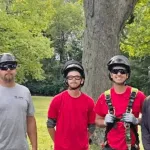
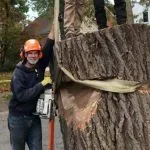
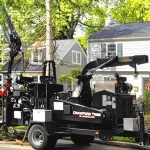


 GreenSky® and GreenSky Patient Solutions® are loan program names for certain consumer credit plans extended by participating lenders to borrowers for the purchase of goods and/or services from participating merchants/providers. Participating lenders are federally insured, federal and state chartered financial institutions providing credit without regart to age, race, color, religion, national origin, gener or familial status. GreenSky® and GreenSky Patient Solutions® are registered trademarks of GreenSky, LLC. GreenSky Serviceing, LLC services the loans on behalf of participating lenders. NMLS 1416362. GreenSky, LLC and GreenSky Servicing, LLC are subsidiaries of Goldman Sachs Bank USA. Loans originated by Goldman Sachs are issued by Goldman Sachs Bank USA, Salt Lake City Branch.
GreenSky® and GreenSky Patient Solutions® are loan program names for certain consumer credit plans extended by participating lenders to borrowers for the purchase of goods and/or services from participating merchants/providers. Participating lenders are federally insured, federal and state chartered financial institutions providing credit without regart to age, race, color, religion, national origin, gener or familial status. GreenSky® and GreenSky Patient Solutions® are registered trademarks of GreenSky, LLC. GreenSky Serviceing, LLC services the loans on behalf of participating lenders. NMLS 1416362. GreenSky, LLC and GreenSky Servicing, LLC are subsidiaries of Goldman Sachs Bank USA. Loans originated by Goldman Sachs are issued by Goldman Sachs Bank USA, Salt Lake City Branch.